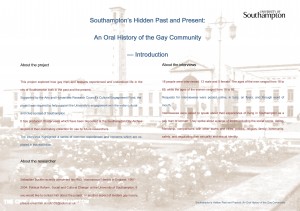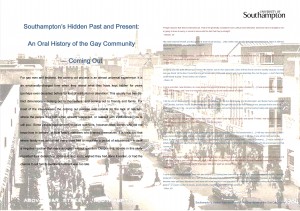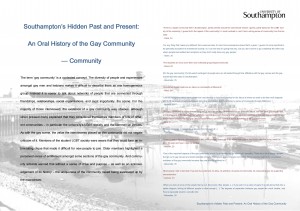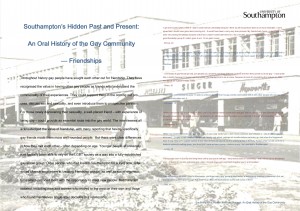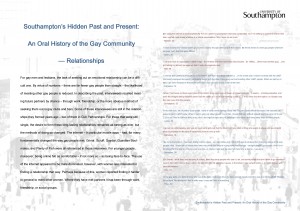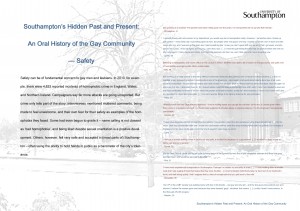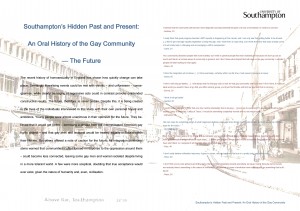History
Sodomy and Dishonour in Eighteenth-Century Hampshire
August 6, 2013
by Laurence Georgin
The history of homosexuality eighteenth-century England has been so far dominated by fascinating studies of the rich array of London resources. Perceptions of same-sex sexual activity in the provinces, in contrast, has been relatively overlooked. This study takes a case study of trials and court martials for sodomy and attempted sodomy in the county of Hampshire over the long eighteenth century to consider whether sexual behaviour and attitudes towards gay sex in port cities such as Southampton and Portsmouth and county towns such as Winchester and Salisbury differed from the models traditionally constructed through metropolitan sources. The concept of eighteenth century ‘gay space’ is reconfigured through this research: despite the absence of the ‘molly house’ in Hampshire, other areas became defined as ‘gay space’ as accounts in contemporary newspapers and trials indicate.
Contact for more information
 Name: Dr Julie Gammon
Name: Dr Julie Gammon
E-mail: J.Gammon@soton.ac.uk
Treason and Sex: The Case of Colonel Redl
August 6, 2013
by Laurence Georgin
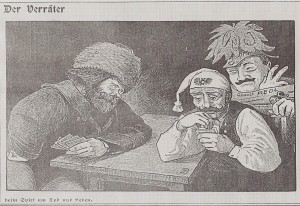 The case of Colonel Alfred Redl, who betrayed Austrian military secrets to the Russians before the First World War, is one of the most notorious cases of high treason. Despite this, and despite numerous academic and popular works about Redl, the homosexual dimension of the case has received little treatment (or has constantly been distorted and simplified by commentators). This research project of Mark Cornwall is part of his larger project about Loyalty and Treason in the late Habsburg Monarchy. It seeks to explore how the homosexual dimensions of the Redl case (the supposed victim of Russian homosexual blackmail) were exploited at the time and in the 20th century – in memoirs, literature and films. For Redl’s treason against the empire was compounded by his treason against military codes of honour and by treason against the norms of sexuality. The importance of the case lies also in how it was used in the 20th century by Intelligence agencies to justify the exclusion of homosexuals from intelligence work: a wariness about homosexuals which has continued with the case of Bradley Manning. The research is based on archival work in the German, Czech and Hungarian languages, and will help us to understand the complicated historical relationship between treason and ‘sexual outsiders’.
The case of Colonel Alfred Redl, who betrayed Austrian military secrets to the Russians before the First World War, is one of the most notorious cases of high treason. Despite this, and despite numerous academic and popular works about Redl, the homosexual dimension of the case has received little treatment (or has constantly been distorted and simplified by commentators). This research project of Mark Cornwall is part of his larger project about Loyalty and Treason in the late Habsburg Monarchy. It seeks to explore how the homosexual dimensions of the Redl case (the supposed victim of Russian homosexual blackmail) were exploited at the time and in the 20th century – in memoirs, literature and films. For Redl’s treason against the empire was compounded by his treason against military codes of honour and by treason against the norms of sexuality. The importance of the case lies also in how it was used in the 20th century by Intelligence agencies to justify the exclusion of homosexuals from intelligence work: a wariness about homosexuals which has continued with the case of Bradley Manning. The research is based on archival work in the German, Czech and Hungarian languages, and will help us to understand the complicated historical relationship between treason and ‘sexual outsiders’.
Contact for more information
 Name: Prof Mark Cornwall
Name: Prof Mark Cornwall
E-mail: J.M.Cornwall@soton.ac.uk
“Exiles of Love”: Lída Merlínová and the World of the Czech Lesbian
August 6, 2013
by Laurence Georgin
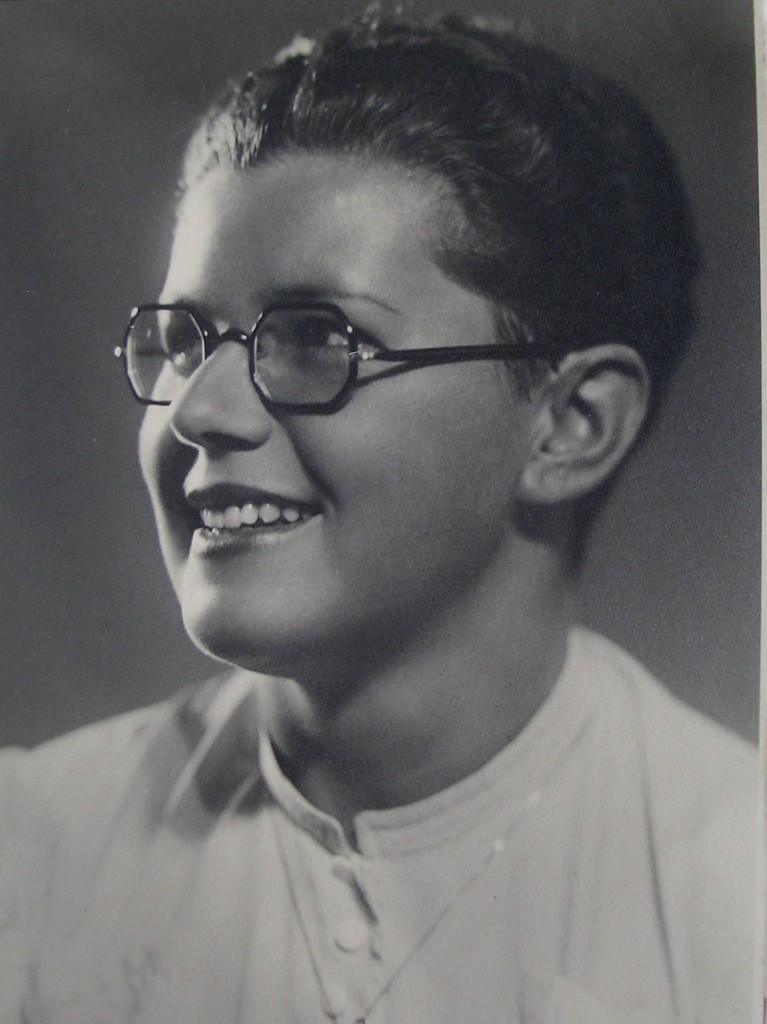 Homosexuality in Czech culture and society is only recently being explored by Czech historians and usually the focus is on the homosexual male. This research project focuses instead on Czech lesbians during the period 1918-1945 and especially the work of the popular (yet now largely unknown writer) Lída Merlínová. In 1929 she published the first lesbian novel in Czech, Exiles of Love (Vyhnanci lásky), in a print run of 4000 which quickly sold out. In the 1930s she went on to write for the homosexual journal Voice of the Sexual Minority, and to publish a series of ‘women’s novels’ and books for adolescent girls.
Homosexuality in Czech culture and society is only recently being explored by Czech historians and usually the focus is on the homosexual male. This research project focuses instead on Czech lesbians during the period 1918-1945 and especially the work of the popular (yet now largely unknown writer) Lída Merlínová. In 1929 she published the first lesbian novel in Czech, Exiles of Love (Vyhnanci lásky), in a print run of 4000 which quickly sold out. In the 1930s she went on to write for the homosexual journal Voice of the Sexual Minority, and to publish a series of ‘women’s novels’ and books for adolescent girls.
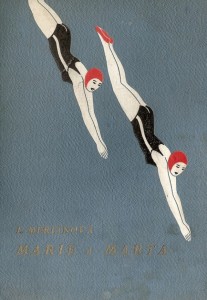 The purpose of the research project is to analyse with an eye on their portrayal of lesbian identities; to set them against other ‘racier’ novels such as The Third Sex by Gil Sedlačková (1937); and to provide a fuller picture of what it could mean to live the life of a lesbian in interwar Czechoslovakia and in the years of the Nazi Protectorate.
The purpose of the research project is to analyse with an eye on their portrayal of lesbian identities; to set them against other ‘racier’ novels such as The Third Sex by Gil Sedlačková (1937); and to provide a fuller picture of what it could mean to live the life of a lesbian in interwar Czechoslovakia and in the years of the Nazi Protectorate.
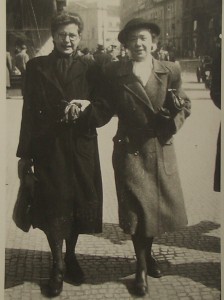
Since all Merlínová’s works were put on the Communist index in 1948, many are missing from Czech libraries, yet her writings are an undiscovered part of the ‘lesbian cannon’ which deserves integration into a new European history of gender and sexuality.
Contact for more information
 Name: Prof Mark Cornwall
Name: Prof Mark Cornwall
E-mail: J.M.Cornwall@soton.ac.uk
Women travellers exploring gender in the Canadian North at the beginning of the 20th century
August 6, 2013
by Laurence Georgin
This PhD research looks at British women who travelled to the Canadian North at the beginning of the 20th century, particularly women who travelled on their own or with a female companion. Very much like their male counterparts had done for centuries, these women travelled to Canada in order to discover new territories and explore unfamiliar places. At the beginning of the 20th century, the Victorian influence was still very present and the world was divided into distinct gender categories. The public sphere was reserved to men while women were destined for the home.
This research suggests that these women craved for something more than what their gender could bring and headed towards the Canadian North in the hope that it would liberate them from the weight and constrains of the female gender, even for a short amount of time. Until now, women who travelled to the Canadian North have been studied within a feminist perspective. This research also aims to revisit their motivations and achievements in the light of, and expanding on, Judith Butler’s concept of gender performativity. In opposition to a feminist definition of woman as a closed category, this new approach hopes to demonstrate that it may be more appropriate to use Butler’s open and fluid gender definition to study these women, who moved away from rigid and constricted environments to discover themselves, and not to enclose them again in a static definition, which they strove to escape.
Contact for more information
 Name: Ms Laurence Georgin
Name: Ms Laurence Georgin
E-mail: L.I.Georgin@soton.ac.uk
The Pet Shop Boys, Gay Sexuality and the Knowingness of Popular Culture in 1980s and 1990s Britain
August 5, 2013
by Laurence Georgin
 Dr Eve Colpus’ project is an attempt to rethink gay culture in late twentieth century Britain, moving away from the notion of gay community towards an understanding of how gay sexuality and culture was both part of mainstream popular culture and took it in distinctive directions. Political narratives of gay life in this period have tended to focus on the concept of marginalisation. By exploring messages about gay sexuality in the Pet Shops Boys’ music and videos and in the contemporary music press, I suggest an alternative story: that gay sexuality and culture was knowingly explored in 1980s and 1990s popular culture, which was a space where a range of sexualities were interrogated and commemorated.
Dr Eve Colpus’ project is an attempt to rethink gay culture in late twentieth century Britain, moving away from the notion of gay community towards an understanding of how gay sexuality and culture was both part of mainstream popular culture and took it in distinctive directions. Political narratives of gay life in this period have tended to focus on the concept of marginalisation. By exploring messages about gay sexuality in the Pet Shops Boys’ music and videos and in the contemporary music press, I suggest an alternative story: that gay sexuality and culture was knowingly explored in 1980s and 1990s popular culture, which was a space where a range of sexualities were interrogated and commemorated.
If you are interested in finding out more about the project, please contact Dr Eve Colpus
Southampton’s Hidden Past and Present: project materials available to download
August 5, 2013
by Laurence Georgin
 Sebastian Buckle’s project explores how gay men and lesbians experienced and understood life in the city of Southampton both in the past and the present.
Sebastian Buckle’s project explores how gay men and lesbians experienced and understood life in the city of Southampton both in the past and the present.
Supported by the Arts and Humanities Research Council’s Cultural Engagement Fund, the project was required to help support the University’s engagement with the wider cultural and civic context of Southampton. It has produced 18 interviews which have been deposited at the Southampton City Archive as part of their oral history collection for use by future researchers. The interviews have highlighted a series of common experiences and concerns which were explored in a recent exhibition.
Read more about the project and download the related posters
The Pet Shop Boys, Gay Sexuality and the Knowingness of Popular Culture in 1980s and 1990s Britain
August 5, 2013
by Laurence Georgin
This project is an attempt to rethink gay culture in late twentieth century Britain, moving away from the notion of gay community towards an understanding of how gay sexuality and culture was both part of mainstream popular culture and took it in distinctive directions. Political narratives of gay life in this period have tended to focus on the concept of marginalisation. By exploring messages about gay sexuality in the Pet Shops Boys’ music and videos and in the contemporary music press, I suggest an alternative story: that gay sexuality and culture was knowingly explored in 1980s and 1990s popular culture, which was a space where a range of sexualities were interrogated and commemorated.
Contact for more information

Name: Dr Eve Colpus
E-mail: E.C.Colpus@soton.ac.uk
‘Southampton’s Hidden Past and Present: An Oral History of the Gay Community’
August 1, 2013
by Laurence Georgin

The thesis concentrates on examining how images and representations have shaped a discourse on homosexuality, and how, in turn, this has shaped a gay and lesbian social and group identity. It explores the political, media, and social spheres to show how at any point during this period, images of homosexuality and identity were being projected in society, contributing to public ideas about sexual identity. This is broken down into three chronological time periods: a ‘gay liberation’ period during the 1960s and 1970s, a ‘visible subculture’ period during the late 1970s and 1980s, and a ‘becoming mainstream’ period in the 1990s and early 2000s. The central premise of this thesis is that identity is not just self-created, but is often the result of the images and messages we see around us. Thus while other historians have concentrated on how men and women have created and adopted their own sexual identities, this thesis looks at how images in society have influenced a public discourse on homosexuality which has helped create social and group identities. Taken together, these images help create a group identity, which often has much more relevance for how the majority of people understand what it means to define someone as a gay man or a lesbian in any of the three periods studied. Thus, a publically-perceived sexual identity is created which is used by both heterosexual people in forming ideas about gay life, and homosexual people in discovering their own sexuality and sexual identity.
The political/legal sections of the thesis use a wealth of primary sources including Hansard, Government reports, oral testimony, lobbying papers, manifestos, memoirs, public statements, newsletters, minutes, and social surveys. The media sections use newspapers, magazines, films, and television programmes, while the social sections rely on oral testimony, the records of gay groups, pictures, newsletters, maps, health campaign literature, memoirs, and news articles. Taken together, they provide examples of the dominant images being projected in the three time periods, by these three media. While this thesis recognises that there is no single gay identity at any one point – with various exclusions and competing ideas being presented – there is a more general picture framed in each of these periods. The conclusion recognises the role of images in society in creating sexual identities, while also examining the overall development of a gay social and group identity from its inception at the beginning of this period, to its place at the end.
After completing his postdoc project Sebastian Buckle (History postgraduate student and University of Southampton alumnus) produced a small display that was available to view in the South Corridor of Avenue Campus and also in the Library at Southampton Civic Centre in May 2013. To find out more, click on the posters below:
Contact for more information
Name: Sebastian Buckle
E-mail: scb103@southampton.ac.uk
History Professor publishes new book
July 30, 2013
by Laurence Georgin
 Southampton historian Professor Mark Cornwall has published his latest book ‘The Devil’s Wall, The Nationalist Youth Mission of Heinz Rutha’.
Southampton historian Professor Mark Cornwall has published his latest book ‘The Devil’s Wall, The Nationalist Youth Mission of Heinz Rutha’.
Legend has it that twenty miles of volcanic rock rising through the landscape of northern Bohemia was the work of the devil,who separated the warring Czechs and Germans by building a wall. The nineteenth-century invention of the Devil’s Wall was evidence of rising ethnic tensions. In interwar Czechoslovakia, Sudeten German nationalists conceived a radical mission to try to restore German influence across the region.

Mark Cornwall tells the story of Heinz Rutha, an internationally recognized figure in his day, who was the pioneer of a youth movement
that emphasized male bonding in its quest to reassert German dominance over Czech space.
LGBT History at Southampton
July 30, 2013
by Laurence Georgin
 The annual Southampton Stonewall Lecture on 21 February 2013 was delivered by Professor George Chauncey (Yale University) on “Gay Culture in Postwar New York”.
The annual Southampton Stonewall Lecture on 21 February 2013 was delivered by Professor George Chauncey (Yale University) on “Gay Culture in Postwar New York”.
This was a highly innovative exploration of the world of the gay male in New York’s cultural and commercial scene, explaining how men fashioned their identity in a vibrant but often hostile environment, and the codes and manoeuvres they used to avoid persecution. It was a tantalizing glimpse into Professor Chauncey’s forthcoming book on the shaping of American gay identity between 1945 and the Stonewall riots.
We had an extremely diverse audience of about 100 for the event (academic and non-academic), and a lively Q & A session ensued, chaired by Dr Kendrick Oliver. In short this fully fulfilled the Southampton Stonewall lecture’s remit of publicizing a facet of LGBT history to a public audience while promoting the university principles of equality and diversity. It is expected that next year’s lecture will be on an early modern history theme in order further to diversify the audience.
History also ran the 3rd LGBT History Workshop on 20 February, with a very varied programme of talks and some of the best discussions we have had at this annual event. This year it was truly interdisciplinary, with papers ranging from US gay poets (Peter Middleton), to homosexual Stalinist crooners (Dan Healey); from the music of the Pet Shop Boys (Eve Colpus), to an analysis of the German lesbian film ‘Aimee und Jaguar’ (Neil Gregor). A special highlight was the paper of English PhD candidate James Cole who read to us vividly from his own short story ‘Be My Lennon’. The quality of the discussion/debate owed much to those who were able to attend for the whole workshop (including the incisive commentators Joan Tumblety and Julie Gammon).
Listen to George Chauncey speaking about the history of Gay New York.

